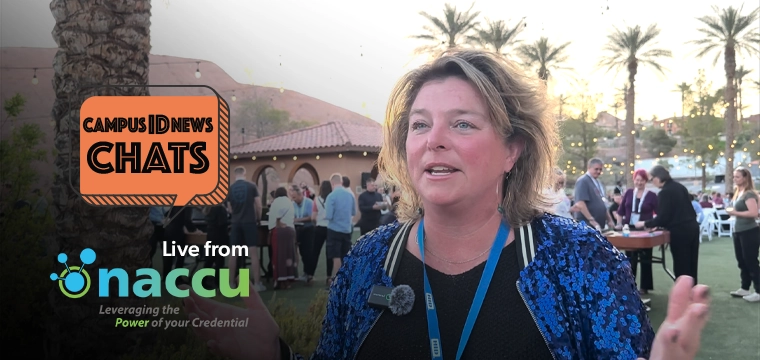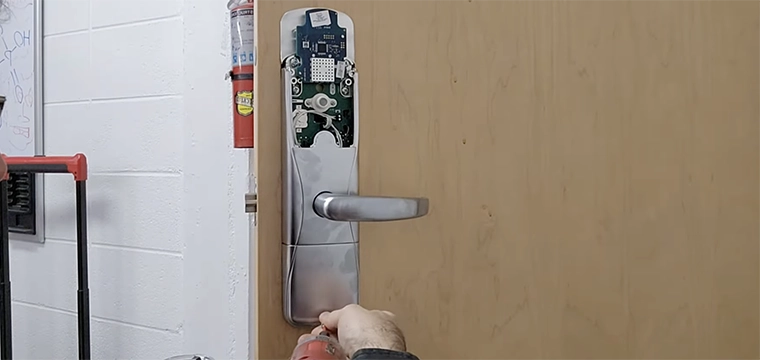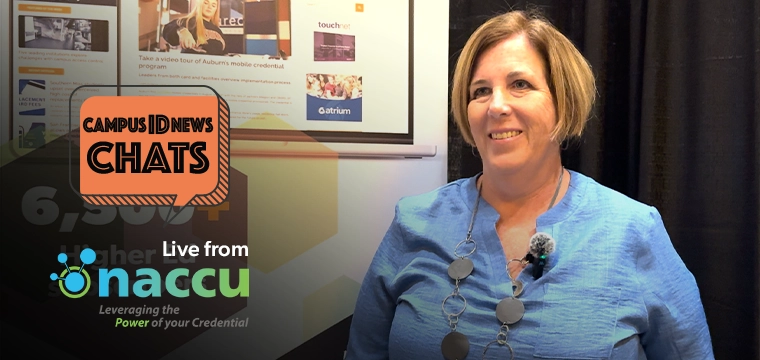As in the rest of the world, the trend in the photocopy market is from analog to digital. The days of the traditional copier are certainly numbered. New digital devices are faster, more efficient, have fewer parts, require only one pass regardless of the number of prints, and have far fewer paper jams and maintenance issues.
But perhaps even more importantly, they are networkable. These devices can reside on the same campus network as your printers–in fact, many combine the functionality of photocopier and printer. Called Multi-Function Devices (MFDs) these digital output powerhouses are the wave of the future on campus and in the office.
What is of particular interest to me is the change that these devices force in the campus political structure. Copiers have traditionally been the responsibility of an auxiliary service unit or reprographics department. Often copier fleets are outsourced to third-parties to install and maintain the equipment. Printer fleets, on the other hand, are typically the domain of the IT department. They recommend types, install, and handle maintenance.
So as the two devices converge into one, where should the responsibility fall? There is no correct answer but in researching for the articles in this month’s issue, a trend occurring in the corporate world seems to hold promise.
The creation of a Document Output Management Department, responsible for assessment, specification, installation, and maintenance, is bringing significant savings to large-scale enterprises. With analysts suggesting that organizations commonly spend as much as $100 per employee per month on document output, there are major dollars being spent. And with others suggesting that organizations can routinely cut output costs by 40% or more with proper infrastructure planning, user education, and equipmentretirement and replacement, there are major dollars to be saved.
It seems that such a department–if it was empowered to perform both strategic and operational functions regarding document output–could make positive impacts for our colleges and universities.
Take for example the current practice of printer purchasing. On many campuses and in many organizations, departments purchase printers at their discretion. The purchase price is typically low enough to fall under strict procurement guidelines. The printer industry understands this, and has created its business model to take advantage of it. The cost of the machines has been reduced while the cost of consumables remains high. It is much like the old razor and razorblade case study from Business 101. Give the razor or printer away and make your money on the blades or supplies.
A coordinated document output management effort would alleviate this situation by ensuring that all equipment met approved cost-per-page requirements.
Chris Corum
Editor
[email protected]




